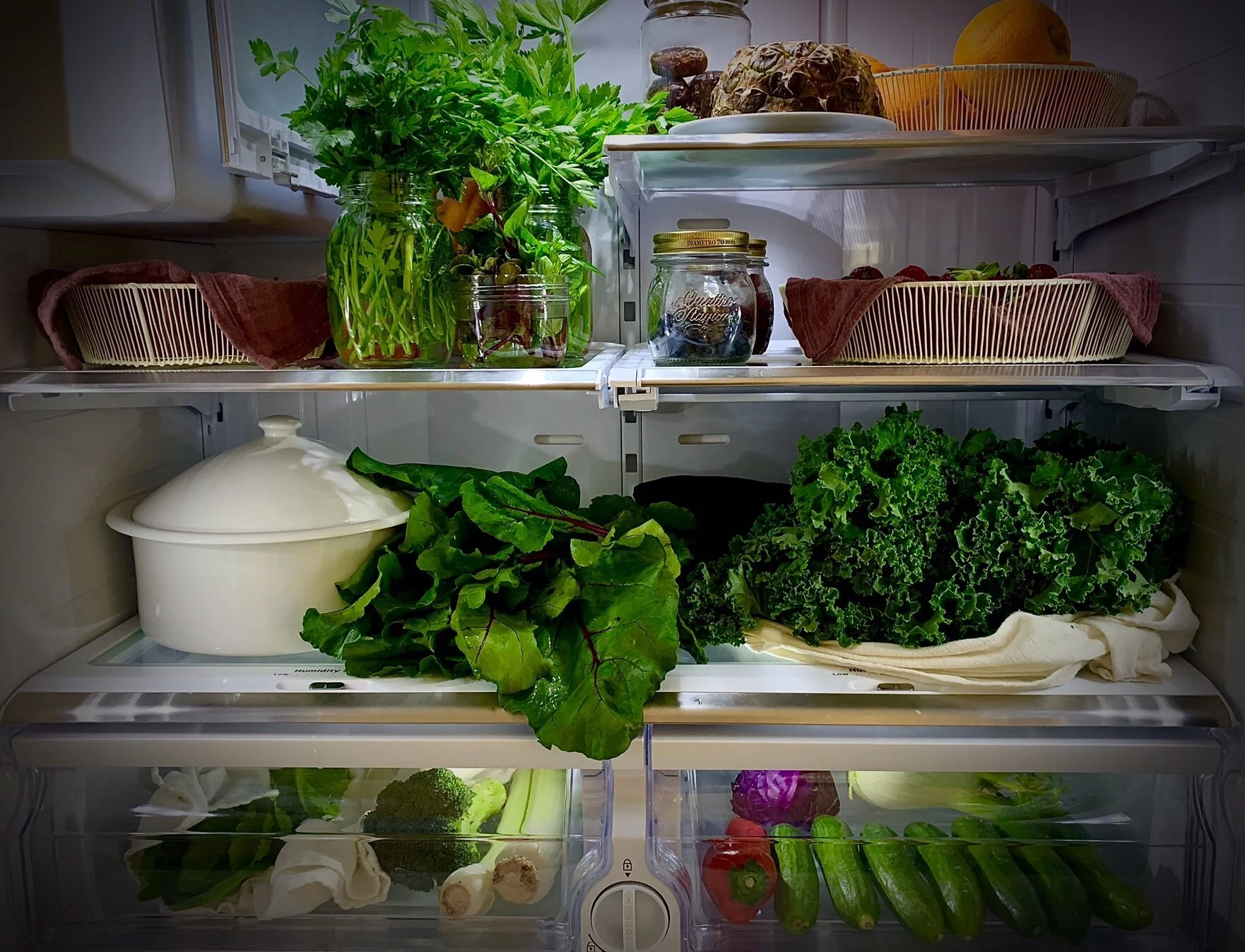Energy Density
Energy Density
Eating More For Weight Loss
We all know how any restrictive diet will yield results that in best cases will be short lived and in worst cases will have detrimental long term health effects.
Most of us who have tried to go on a weight loss diet, know all too well how the process affects us not only physically, but mentally too, sometimes at a great cost.
We begin by restricting our food intake one way or another. Depending on various factors such as the diet we have chosen, our age, our hormones, our activity level and our determination, we may lose some weight or not. But at some point, we all feel deprived and we lack energy, as if our bodies are crying out for help. Which is exactly what they are doing. Eventually, our body will go into panic mode and signal an alarm. It will intelligently slow our metabolism down and increase our appetite, in order to compensate for the lack of nutrients. Sooner or later, we find ourselves at the mercy of our appetites and we end up bingeing, putting the lost weight back on and some extra, for good measure. And the cycle begins again.
So how can we lose weight and maintain this weight loss long term, while at the same time optimising our health? By eating more of the right foods.
What is energy density and how does it work?
Energy density is a relatively new scientific concept, which demonstrates beautifully how what we eat and in what quantity, can have a positive or a negative effect respectively, on our health and our weight control.
Foods higher in water and fibre, are usually lower in energy density. On the other hand, foods that are high in fat, which provides the greatest amount of calories per unit weight, usually have a higher energy density.
Science has shown that there is a strong correlation between body weight and energy density. By adding more fruits and vegetables in our daily meals and by reducing the amount of fat and sugar we consume, we can achieve optimal weight loss.
A study that took place 30 years ago in Hawaii, where participants were placed on a low fat (7%), high complex carbohydrate (78%) and moderate protein (15%) diet, had impressive results. Participants were placed on this program for 21 days and were encouraged to eat to satiety. After just 21 days, they not only lost an average of 7.8kg, but they also reduced their cholesterol, and decreased their blood pressure. And they were eating more food, 2 kilos of food per day actually!
Apart from offering satiety and weight loss, low energy dense diets are associated with a lower risk of pancreatic cancer. And as they are rich in healthy foods, they offer a myriad of other very important health benefits, boosting our immune systems and promoting longevity.
What happens when we eat low energy density foods in abundance?
When we consume lots of low energy density foods, which are rich in nutrients, such as greens, vegetables and fruits, as opposed to high energy density foods, which are low in nutrients and high in fat, such as bacon, meat, dairy, or sweets and processed foods, we feel satiated and our bodies have all the nutrients they require to thrive. At the same time, because we feel full, we have no need to eat more than we require, allowing our weight to gradually shift into the optimal level. And stay there.
The Plate Method
Aim to fill your plate with 1/4 whole grains or starchy vegetables, 1/4 plant based protein and healthy fats, such as beans, lentils, tofu, avocado and nuts and 1/2 a plate of greens, veggies and fruit.
The trick here is to always think of veggies as your main quantity food. Instead of a big bowl of pasta or rice with a few veggies and beans on top, think of a big bowl of veggies with a small portion of pasta or rice and beans mixed in. Mix some fresh fruit in your salads too. Or have fruit for dessert.
This doesn’t mean that you cannot have an occasional treat like a slice of cake, as long as you stick to the plate method most of the time.
Patience
It is important to bear in mind that there are no quick fixes. They simply do not work. Changing habits takes time, perseverance and patience. Some of us have formed eating habits and have been faithful to them for years, even lifetimes. But healthy habits can be formed and it is definitely much easier to form them, when we feel healthy, satisfied and full of energy while we do so.
We can enjoy our lives and relish on delicious nutritious food. On a whole foods plant based diet, rich in low energy density foods, we can live healthily and lose weight too. For good.
Resources
NLM ENERGY INTAKE / OXFORD ACADEMIC / NLM BODY WEIGHT / NLM ENERGY DENSITY / NLM DENSITY OF DIET



